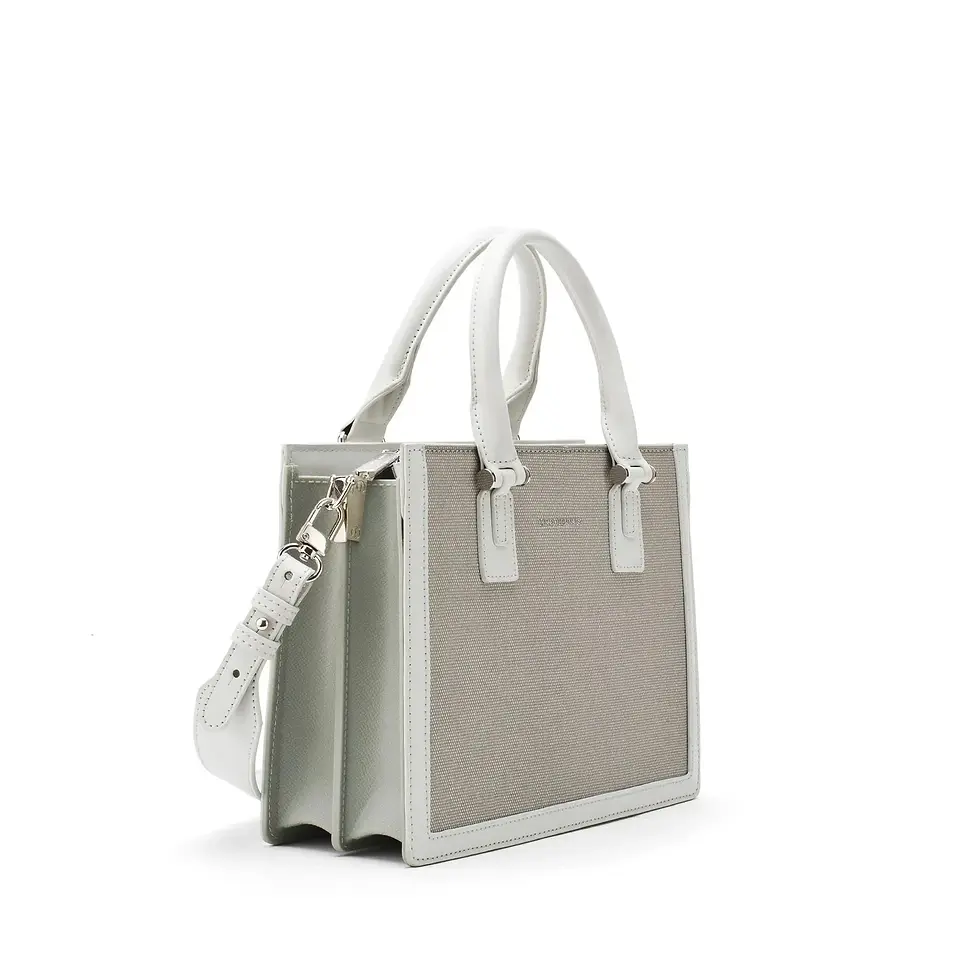What Should You Know About Dry Needling? Exploring Its Benefits, Treatment Process, and FAQ
- creative9blogs
- Apr 21, 2023
- 3 min read

Introduction:
As a professional physiotherapist, it is my pleasure to share valuable information on innovative treatments that can benefit patients. One such technique that has gained traction in recent years is dry needling. In this article, we will provide a comprehensive overview of dry needle therapies, as y, its benefits, and the treatment process and address frequently asked questions about this technique.
What Is Dry Needle Therapy?
Dry needling, also known as myofascial trigger point dry needling, is a modern physiotherapy technique that targets trigger points within muscles. It involves the insertion of thin, sterile needles into these trigger points to release muscle tension, improve blood circulation, and reduce pain. Contrary to popular belief, dry needling is not the same as acupuncture. While both methods use needles, their underlying philosophies and treatment goals differ significantly.
Dry Needling Benefits:
Dry Needle Treatment: offers numerous benefits for patients who suffer from a range of musculoskeletal conditions. Some of the key advantages of this therapy include:
Pain Relief: By targeting specific trigger points, dry needling can provide immediate relief from acute and chronic pain.
Improved Range of Motion: Dry needling helps to relax tight muscles, allowing for better flexibility and movement.
Faster Recovery: By promoting blood flow and stimulating the healing process, this therapy can accelerate recovery from injuries and surgeries.
Reduced Muscle Tension: Dry needling can effectively release tension and tightness in muscles, which can be particularly beneficial for athletes or individuals with physically demanding jobs.
Complementary Treatment: Dry needling can be used in conjunction with other physiotherapy techniques, creating a comprehensive treatment plan tailored to each patient's needs.
The Dry Needle Treatment Process:
If you are considering dry needling as part of your treatment plan, it is essential to understand the process. Here's a general overview of what to expect during a session:
Assessment: The physiotherapist will first perform a thorough examination to identify the problematic trigger points.
Preparation: The skin is cleansed with alcohol, and sterile needles are prepared for insertion.
Needle Insertion: The practitioner inserts the needles into the trigger points, using a specialized technique to minimize discomfort.
Needle Manipulation: The needles may be gently moved or stimulated to release muscle tension and encourage blood flow.
Needle Removal: After the desired effect is achieved, the needles are removed, and the treatment area is cleaned.
Post-Treatment: Your physiotherapist may recommend follow-up sessions and additional exercises to support recovery.
Frequently Asked Questions About Dry Needling:
Is Dry Needling Safe?
When performed by a trained and licensed physiotherapist, dry needling is generally considered safe. However, like any treatment, it carries some risks, such as infection, bruising, and temporary soreness. It is essential to discuss your medical history and any concerns with your practitioner to determine if dry needling is suitable for you.
Is Dry Needling Painful?
The sensation experienced during dry needling varies from person to person. Some patients may feel a slight pinch, while others may feel a deep ache or muscle twitch. Your physiotherapist will work with you to ensure your comfort throughout the treatment.
How Long Does a Session Last?
The duration of a dry needling session depends on the patient's condition and the number of trigger points being treated. Generally, sessions last between 30 minutes to an hour.
How Many Sessions Will I Need?
The number of sessions required varies depending on the severity of your condition, your body's response to the treatment, and your overall health. Your physiotherapist will create a personalized treatment plan and provide an estimate of how many sessions you may need to achieve optimal results.
Can Dry Needling Be Used Alongside Other Treatments?
Yes, dry needling can be combined with other treatments such as manual therapy, therapeutic exercises, and modalities like ultrasound or electrical stimulation. Incorporating various treatment methods allows for a more comprehensive and effective approach to managing musculoskeletal conditions.
Are There Any Contraindications for Dry Needling?
While dry needling is a safe treatment for many patients, there are certain contraindications. Individuals with blood clotting disorders, infections, or compromised immune systems may not be suitable candidates for dry needling. Pregnant women should also consult with their healthcare provider before undergoing this treatment. Always discuss your medical history with your physiotherapist to determine if dry needling is appropriate for you.
In Conclusion:
Dry needle therapy has emerged as a valuable tool in the field of physiotherapy, offering numerous benefits for patients with musculoskeletal conditions. By understanding the treatment process, and potential advantages, and addressing common questions, you can make an informed decision about whether dry needling may be suitable for your needs. As always, it is crucial to consult a qualified professional, such as a licensed physiotherapist, to ensure this treatment is appropriate for your specific condition.
With this information in mind, you now have a comprehensive understanding of dry needle therapy, its benefits, the treatment process, and answers to frequently asked questions. If you believe that dry needling may be beneficial for you, consult a professional physiotherapist to discuss your options and begin your journey towards improved musculoskeletal health.




Comments